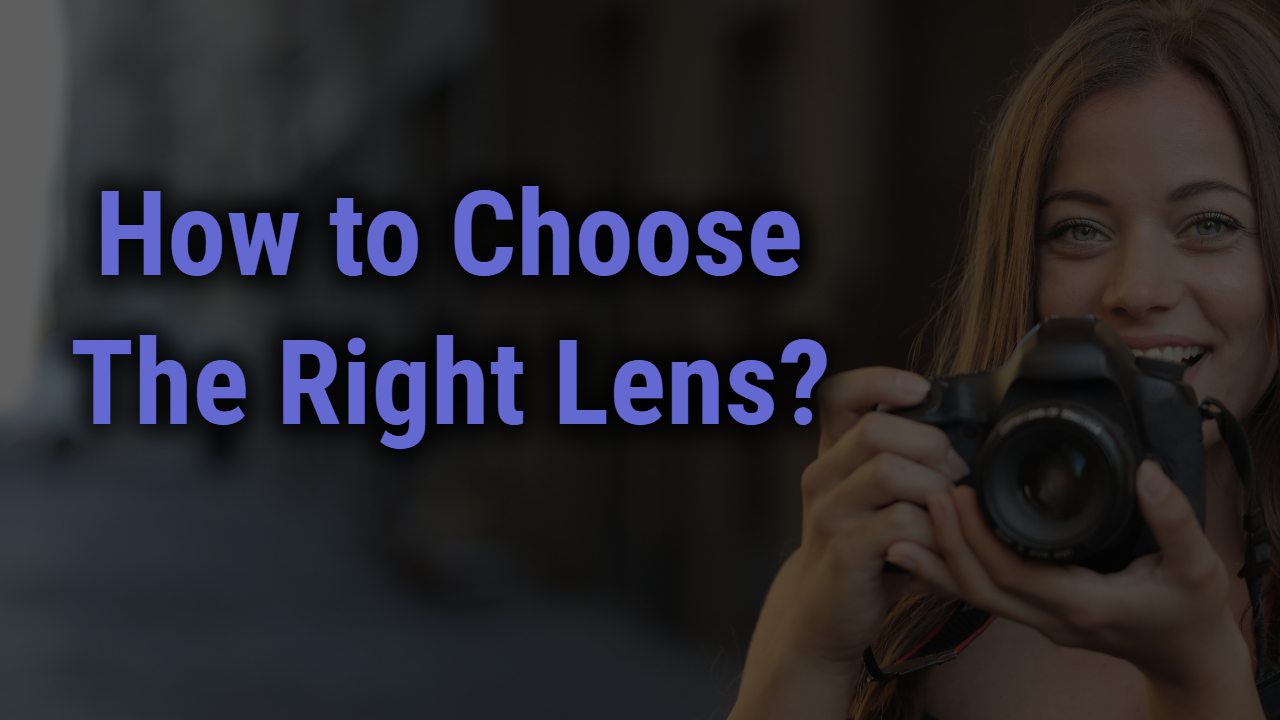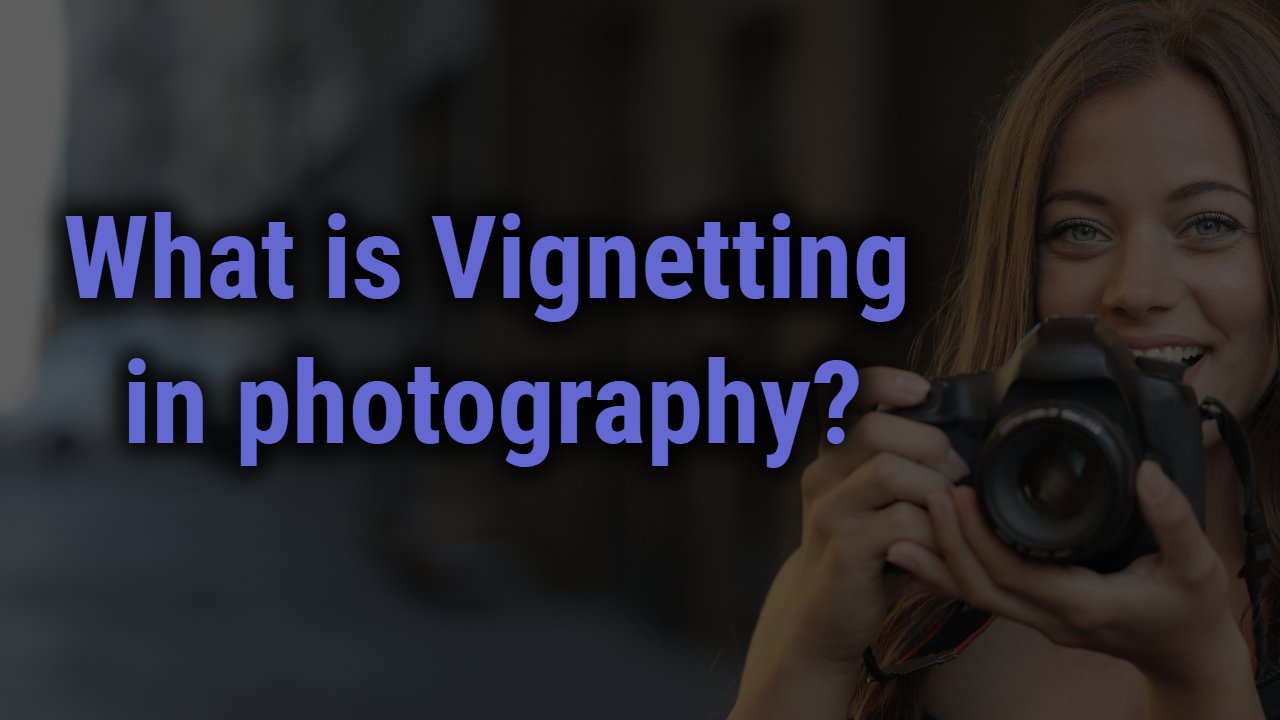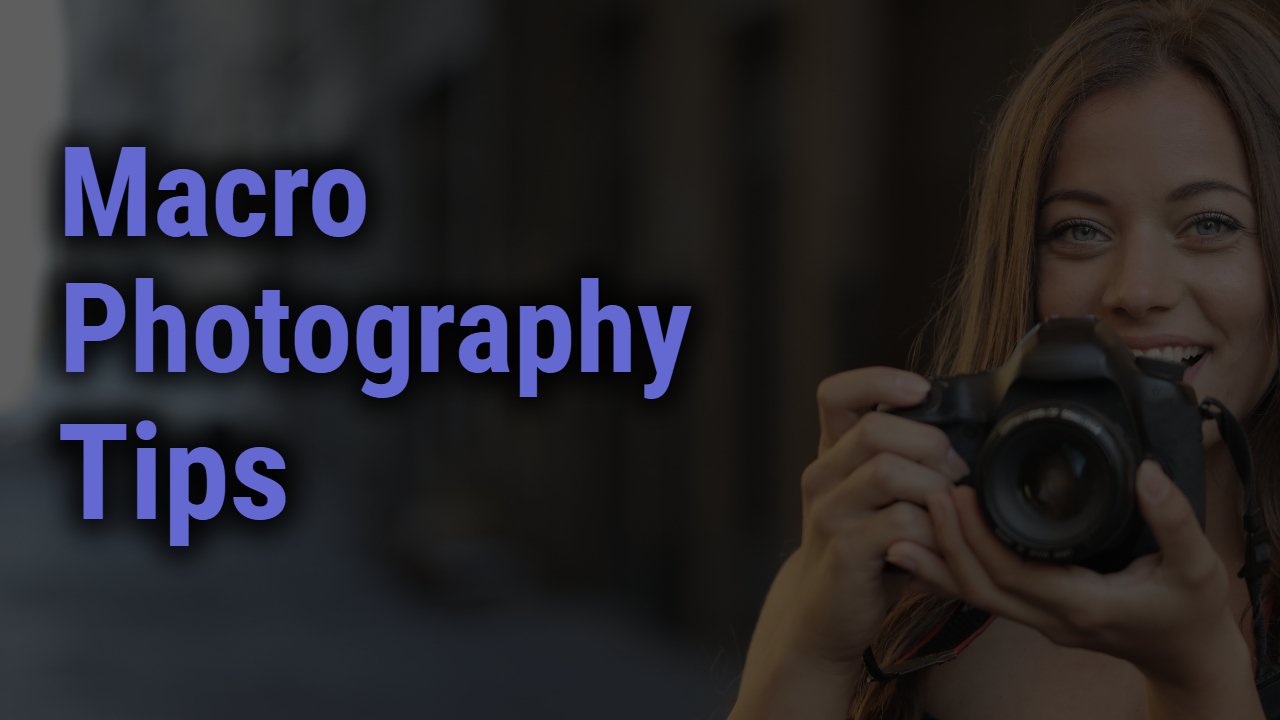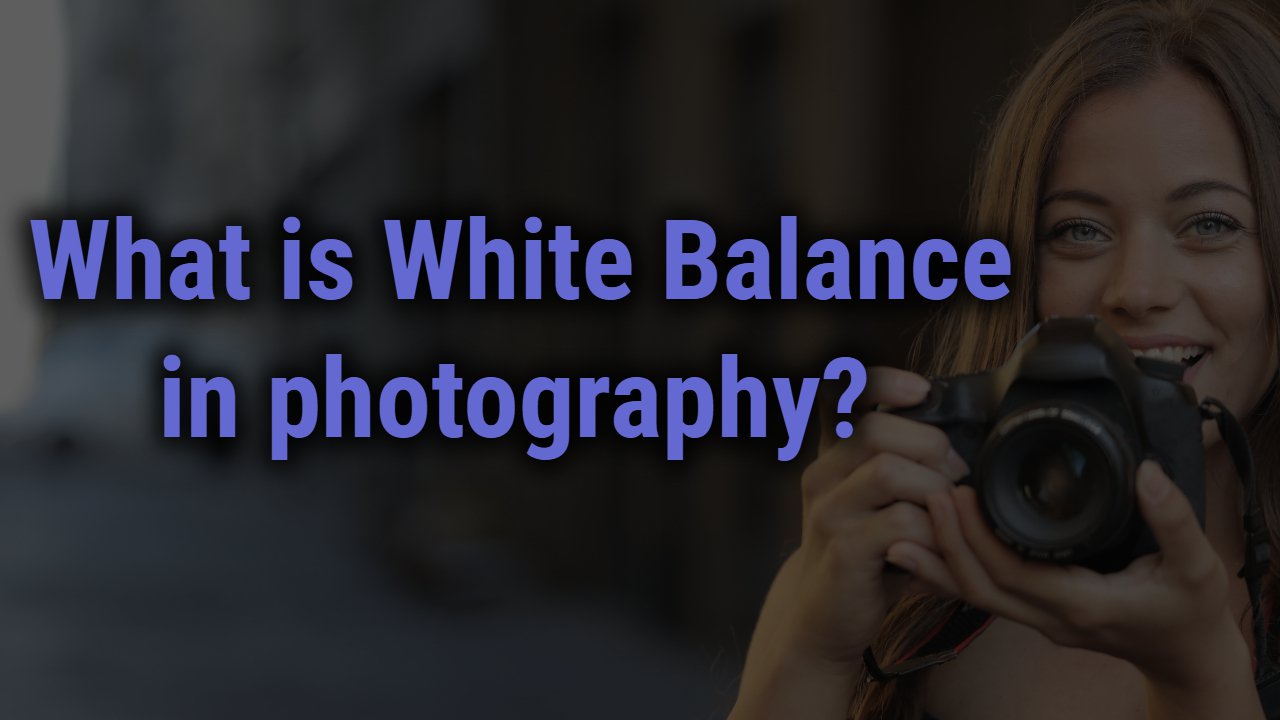Even with an advanced camera, effective gadgets, and daily practice cannot guarantee your better photography skills; that may be the only result of poor quality of lens or incompatible lens. The lens is the backbone of photography, but with so many effective variants roaming, how to choose the right one can be a serious question here.
Figuring out which lenses suit your specific requirement best is not an easy task, and investing in the wrong lens can affect not only your money but also your photography skill; a risk you cannot afford to take. This signifies that choosing the right lens is utterly essential as the baby step of photography.
This article will walk you through the comprehensive guide concluding all the factors you need to consider before making the big purchase. By the end, you will have a cognitive insight into discovering the ideal lens for your photography.
This Post Contains
Why should we choose the right lens for our camera?
The lens is the backbone of flawlessly clear photography; these lenses play a major role in outcasting the most impressive footage, ultimately taking all the creativity in their hand. The key factor of professional-level filming is the right companionship of the lens with the camera.
Even with the compatibility factor, you can’t just pick up any random edition; there might be certain factors that need consideration if you want your purchase to be perfect. If not followed up, there might be some consequences. Some of the side effects of not choosing the ideal lens are
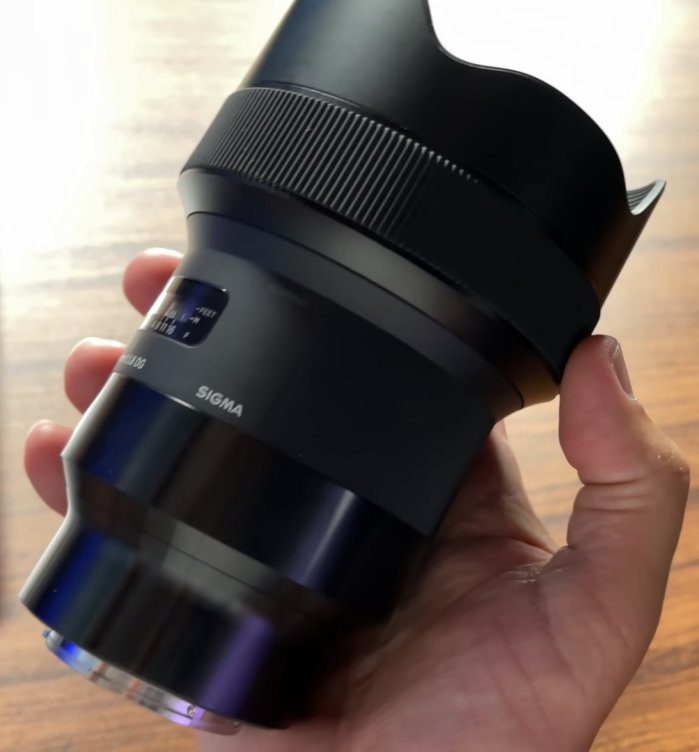
- The camera or the lens will accidentally fall down during the shoot
- The photography and video footage quality level drops down
- The shooting result might face a lot of distortion and aberration
- You might face the inconvenience of handling and usage
- Unsatisfied, blurry, and bad color fringing results
- Frequent fluctuating and shakiness throughout the shooting
- You unnecessarily invest your precious money into the wrong product
- You end up damaging both the camera and the lens
How to choose the ideal camera lens?
The whole market is being flooded with a wide variety of lenses; from different brands with different features and different potentials associated with different prices. This exposes quite the dilemma of plucking one out of them.
But since the lenses need our proper attention, we might need to take precautionary steps; otherwise, you know what might happen with the in-compatible lens.
To narrow down your choice, take a quick peek at these significant factors while exploring the camera lens in the market.
Camera Analysis:
The whole right lens verdict depends on this very factor. The camera for which you are considering the lens. Make sure you are picking up the ideal lens compatibility to your camera’s sensor and body; that can adapt the camera’s creativity with ease. While analyzing your camera compatibility, there are a few things to determine
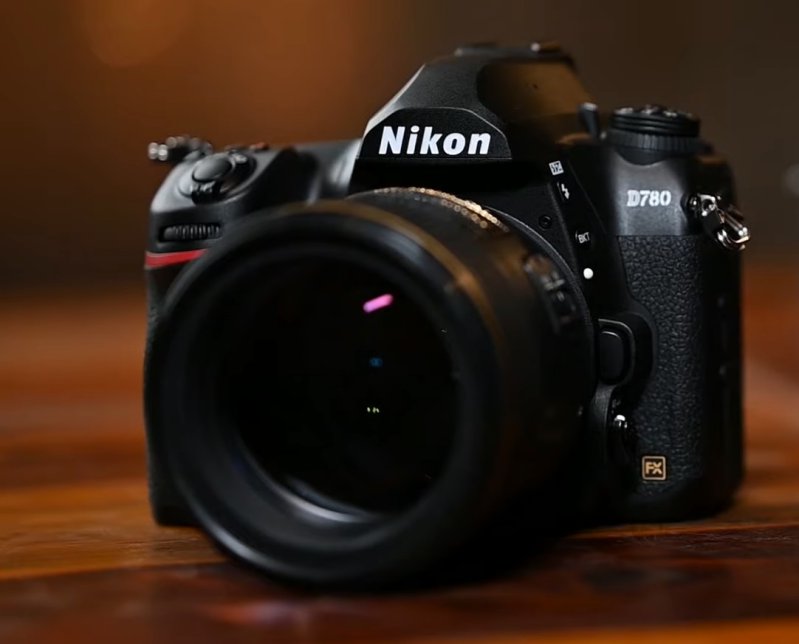
- Sensor Size – This sensor size is absolutely the most crucial point; sensor size means if your camera uses a full-frame-sized sensor, you can buy either a full-frame or an APS-C camera sensor. But if your camera has the APS-C Sized sensor, you only need to find the ASP-C or crop factor lens.
- Lens mount – while analyzing the camera, you can clarify the camera’s lens compatibility by peaking at the lens mount. The lens mount is the space configured in the camera where the lens gets attached. For instance, if a camera has an EF lens mount, you can buy EF lenses only.
Lens Type:
Before making any decision, one thing you should be aware of is the lens type. The key to a better purchase is knowing the lens type you require. There are two different factors through which the lenses are differentiated, and that must be noticed by you.
- Photography – know which type of lens you will need for which type of photography style. If you are a street, wedding, or sports photographer, you need to consider buying an advanced telephoto lens; while if you are more of a closed-range filmmaker, consider macro lenses.
- Zooming range – on the basis of zooming, the lenses are differentiated into two different categories. Zoom lenses and Prime lenses. Zoom lenses grant you the freedom to zoom in and zoom out during the focusing and average filmography, while the prime lens supremacy gives you a fixed focal length but better image quality.
Focal length:
The crucial thing to consider is the focal length range. The focal length Is measured in millimeters, and it specifies the widest and longest area range. If you are willing for landscape, choose a wide-angle lens, and if portraits, try the telephoto range. A certain focal length range is
- Wide-Angle Shooting – 25mm to 40mm focal length
- Telephoto Shooting – 100mm to 300mm focal length
- Macro Shooting- 50mm to 120mm focal length
- Standard Shooting- 35mm to 70mm focal length
Aperture:
While considering buying the new lens, do not forget to analyze the aperture range mentioned in the lens specification. The aperture ensures your dark-hour shooting and maintains the consistency of shooting with edge-to-edge sharpness and better depth control.
Focusing:
The lens competency can be stated by its focusing abilities and the quality of focusing it proposes during still photo and video shooting. So it’s quite a necessity to determine the focus before choosing a camera lens. Figuring the whole focus might include a few things.
- Focusing Distance– Every lens is characterized by a unique focusing distance, which states the lens is capable of shooting at that minimal range. You need to check the focusing length and analyze whether it meets your requirement or not. It measured in inches.
- Focusing Mode– Check the focusing mode avail by the lens; make sure the lens has both the fastest Autofocusing and intuitive full-time manual focusing for still photos and better performance.
- Focusing motor– Check the focusing motor used by the lens; this will specify its focusing speed, quality, accuracy, and focusing operation sound. Go for a higher AF motor.
- Magnification– Like the focusing distance, the lens also has a certain magnification range. This magnification range determines how close or far you can shoot. For example, if a lens has 1:1 magnification, you can shoot a brilliant macro life-size shot.
- Bokeh Filter– This is especially for the left out-of-the-focus area. You may check the count of the diaphragm blade lens and the quality to configure an idea of a blurry back in the frame. The general range of the diaphragm blade in the lens is from nine to 11.
Stabilization:
Some of the lenses include the prominent image stabilization technique, while some do not. So while choosing the lens, make sure to pick one with stabilization; this stabilizer compensates for the camera shake effect and blesses with the blur-free steady image.
Distortion Management:
Sometime during the shooting, one must face the involvement of additional disruption. So don’t forget to determine the optical designing element in the lens (generally ranges from 18 elements in 20 groups). And check for the special distortion managing element and effective outer layering.
Engineering:
Another dominant factor when choosing the lens is its engineering can define its strength and longevity. So if you don’t want your money to go in vain by buying the weakest lens, look out for these factors.
- Durability – you need to precisely analyze the composite material of the lens because it justifies the lens strength and rigidity, which eventually states the durability.
- Mount– Make sure the lens mount is made up of enormously steady and rigid material; because they define the accuracy and reliability of holding the connection between the camera and lens.
- Protection – Even with the strongest composite material, sometimes your lens has to stand against harsh climate conditions. So make sure the outer of the lens is weather-sealed and fluorine-coated as complimentary if possible.
- Portability – Durability- check, Longevity-check, protection-check all you have to do is pay attention to the lens weight because it unfolds the easiest portability factor. Make sure you don’t opt for the heaviest lens to avoid unwanted fluctuation.
Brand:
After the whole analysis, the very next thing you got to figure out is the lens brand. Compare your camera’s brand and lens and if possible, go for the same brand always; for authenticity and reliability. If you are going for a third-party brand, ensure the brand has few serious factors
- Brand service period duration
- Brand service quality
- Brand compatibility with your camera’s brand
- Read the brand reviews and feedback
- Check for the after-purchase warranty period
Price:
The highly dominant factor is price; in the end, you have to check the lens price and analyze it with your budget. Now, remember, do not fall for the expensive high-grade lens, keep a mental note of our price budget (which is configured as “ Your need/ requirement + your reasonable budget > The attractive unnecessary expense) before the purchase, and don’t buy the advance lens for your entry-level camera or an entry-level lens for your advance camera.
Final words
Lenses are the biggest game-changer in the photography world; these lenses have the power to expand the creative visionary in every image or bring down the level of professionalism too. So before pairing your camera with any random lenses, you need to be extra sure of what you are getting.
It’s entirely fine to take extra time and attention while choosing the best lens for you. However, try to figure out the ideal option that suits your budget and requirement, and do not excessively buy something that’s not needed only to regret it later.
Hopefully, the process of the whole purchase is easier for you, and you have found a thing or two about the camera lens.
So get the deserving and ideal one and start creating creativity.

